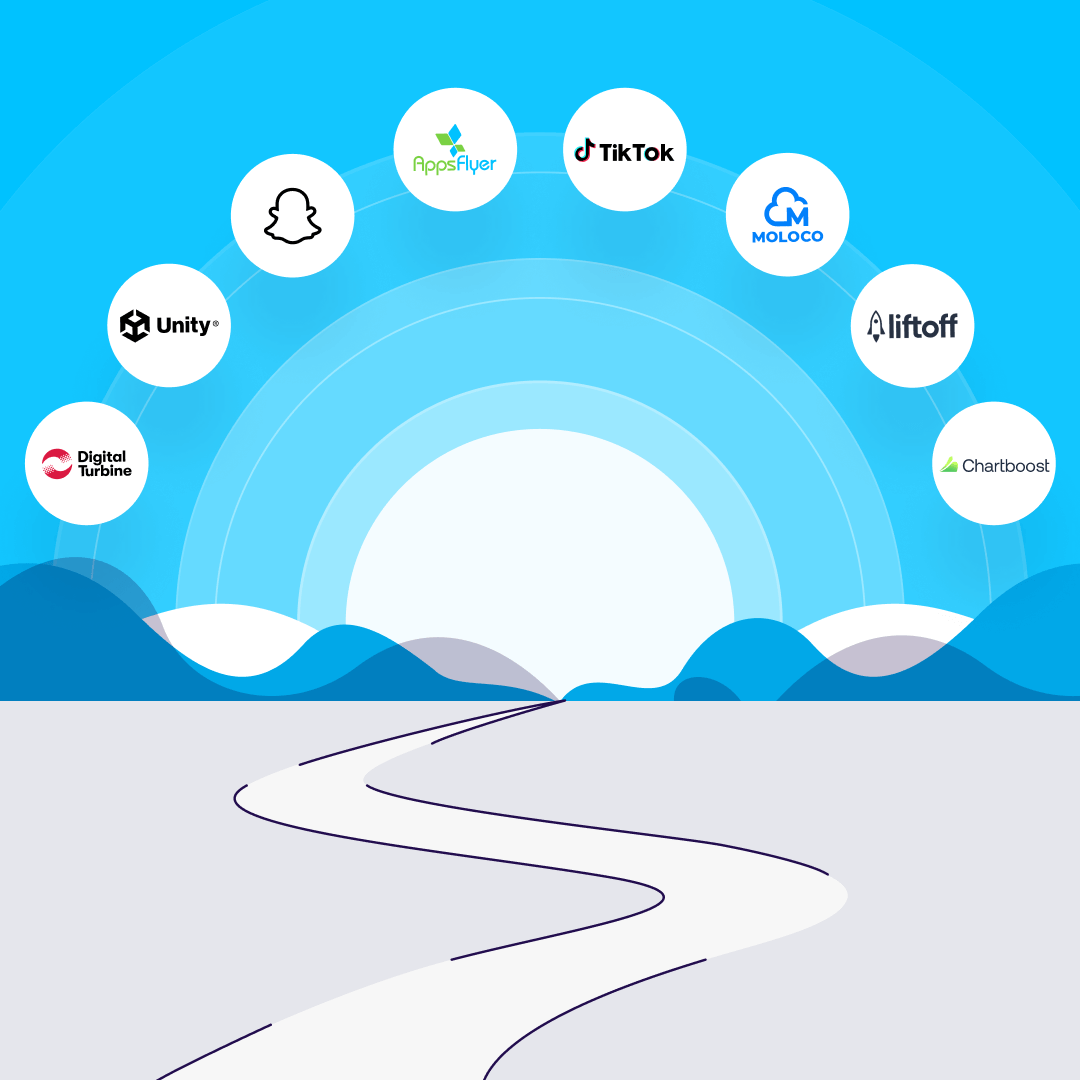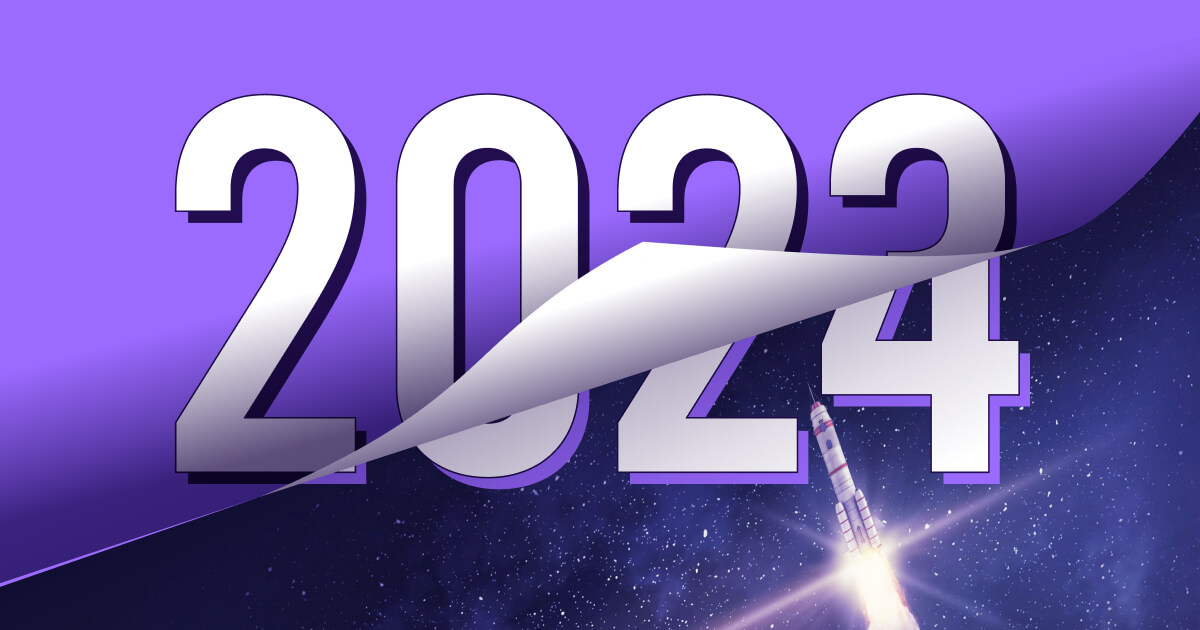Millions of users play and engage with Zynga’s games every day. As we’re operating dozens of games with sophisticated performance marketing at scale, we’ve been uniquely positioned to observe the challenges surrounding ad engagement measurement from every possible angle.
We’re excited to join AppsFlyer and the rest of the key industry leaders in this journey as we believe this initiative to standardize ad engagement measures holds great promise. It isn’t just about introducing new uniform metrics, but about fostering transparency, empowering decision-makers, and paving the way for improved market performance. It’s high time we had such a standard in place.
Unified ad engagement: The path to standardization

In the ever-evolving realm of digital advertising, the power of creative ad formats cannot be overstated. Innovative formats, such as playable, skippable, and short-form video ads, have revolutionized how brands connect with their audiences. However, while advertisers and users have embraced these cutting-edge formats, the ecosystem has lagged behind, failing to capture the rich tapestry of user engagement.
Several years ago, we raised a red flag about the need for unified measurement standards on views and clicks in mobile app advertising. Back then, the challenge stemmed from a lack of transparency, as the existing metrics of clicks and views struggled to encapsulate the diverse and nuanced user engagement behaviors within the evolving landscape of mobile app advertising. The industry recognized the problem, but progress was slow.
Since then, the advertising landscape has undergone a significant transformation, introducing a range of innovative ad formats that provide users with more interactive and engaging experiences. The current climate, particularly in the new privacy era, places heightened importance on the quality of ad creatives, making ad engagement metrics a critical component for advertisers.
Today, it’s not just about enhancing transparency in the industry. Advertisers need enriched ad engagement metrics to fuel a flywheel of progress. Better measurement leads to improved signals for ad networks, resulting in more relevant ads. This, in turn, enhances return on ad spend (ROAS) and informs better decision-making. The flywheel effect ensures that better measurement continually feeds into a cycle of industry advancement and success.
In this era, standardizing ad engagement metrics is no longer an option but a necessity.
The genesis of the problem
The roots of the issue trace back to the early days of digital advertising when concepts like clicks and impressions were adapted from web advertising. These metrics, born in a different digital landscape, were initially adequate for gauging user interaction with rudimentary banner ads. However, as the mobile app advertising ecosystem evolved, the inadequacy of these borrowed metrics became increasingly evident.
The limitation of these traditional metrics even forced some ad networks into a challenging position. In their quest to deliver meaningful results to advertisers, they were confronted with the stark reality that certain “views” demonstrated far more user intent and engagement than others.
Faced with the dilemma of either under-representing these engagements as mere ‘views’ (a relatively weak signal that might signify only fleeting exposure) or over-representing them as ‘clicks’ (a more robust signal associated with direct responses), some networks leaned towards the latter.
The normalization of these practices has underscored the growing need for a more robust and standardized approach to ad engagement measurement, aligning the industry and addressing the concerns of both advertisers and conscientious ad networks.
To their credit, organizations like the Media Rating Council (MRC) and Interactive Advertising Bureau (IAB) have made valiant efforts to standardize viewability metrics. Yet, such recommendations have not been universally adopted, leaving the ecosystem in a state of confusion and discord.
Taking the lead
Rather than allowing the industry to fragment into a jungle of conflicting definitions, we are taking a proactive approach.
We have banded together with industry giants like TikTok, Snap, Unity, Liftoff, Moloco, Digital Turbine, and Chartboost to design a comprehensive new standard that promises to revolutionize ad engagement measurement.

We believe it’s time to bring clarity instead of adding more complexity, and we are at the forefront of ensuring that the industry moves forward with a clear, transparent, and standardized vision of ad engagement.
Our journey began by conducting an exhaustive review of the different metric definitions, engaging in discussions with industry experts, customers and rigorous internal deliberations. Our findings revealed a glaring lack of consistency in measurement. Many advertisers are unaware of these variations, and there’s sometimes a lack of clarity even among ad networks serving as intermediaries. The need for a universal standard became undeniable.
Together, we have made substantial progress and are defining a set of qualitative engagement frameworks, attribution logic, and integration workflows that will soon be introduced. This milestone sets a benchmark for transparency and reliability in the industry.
The standard we are establishing is not a static entity; it will evolve over time. As new creative formats are introduced, as the standard gains broader adoption, and as feedback from the field comes in, we commit to refining and enhancing the standard to ensure it remains relevant, effective, and responsive to the industry’s changing landscape. Our journey is one of continuous improvement, adaptation, and evolution, all with the aim of providing advertisers with the most effective and future-proof tools for ad engagement measurement.
To give you a better idea of the types of engagement that the new standard will measure, here are two of many engagement types that are currently being discussed:
Engaged view
An engaged view occurs when a meaningful interaction takes place. For instance, when a user watches a minimum of X seconds or more (the specific duration will be introduced with the standard) of a skippable video ad, or when a video is completed in less than X seconds. This definition encompasses various scenarios, including video ads and SKOverlay.

Engaged click
An engaged click is one that maintains the user within the same context, ensuring continued interaction with the ad, without redirecting the user to the app store or launching an app. Examples include redirection to a landing page, social engagement such as likes, comments, or shares, as well as playable ads.

Join the movement
What lies ahead is a cross-industry collaboration effort. AppsFlyer, along with our well-established partners, invite other partners to join the discussion, collaborate with us to define the future of ad engagement measurement and establish universal adoption. Together, we can bring transparency to the advertising ecosystem, empower advertisers with comprehensive measurement, and pave the way for more effective advertising strategies and improved ROI.
Together, we are committed to shed light on one of the least transparent areas in our industry.
It’s time to evolve, standardize, and empower. The future of ad engagement measurement is here, and we invite you to be a part of it..





